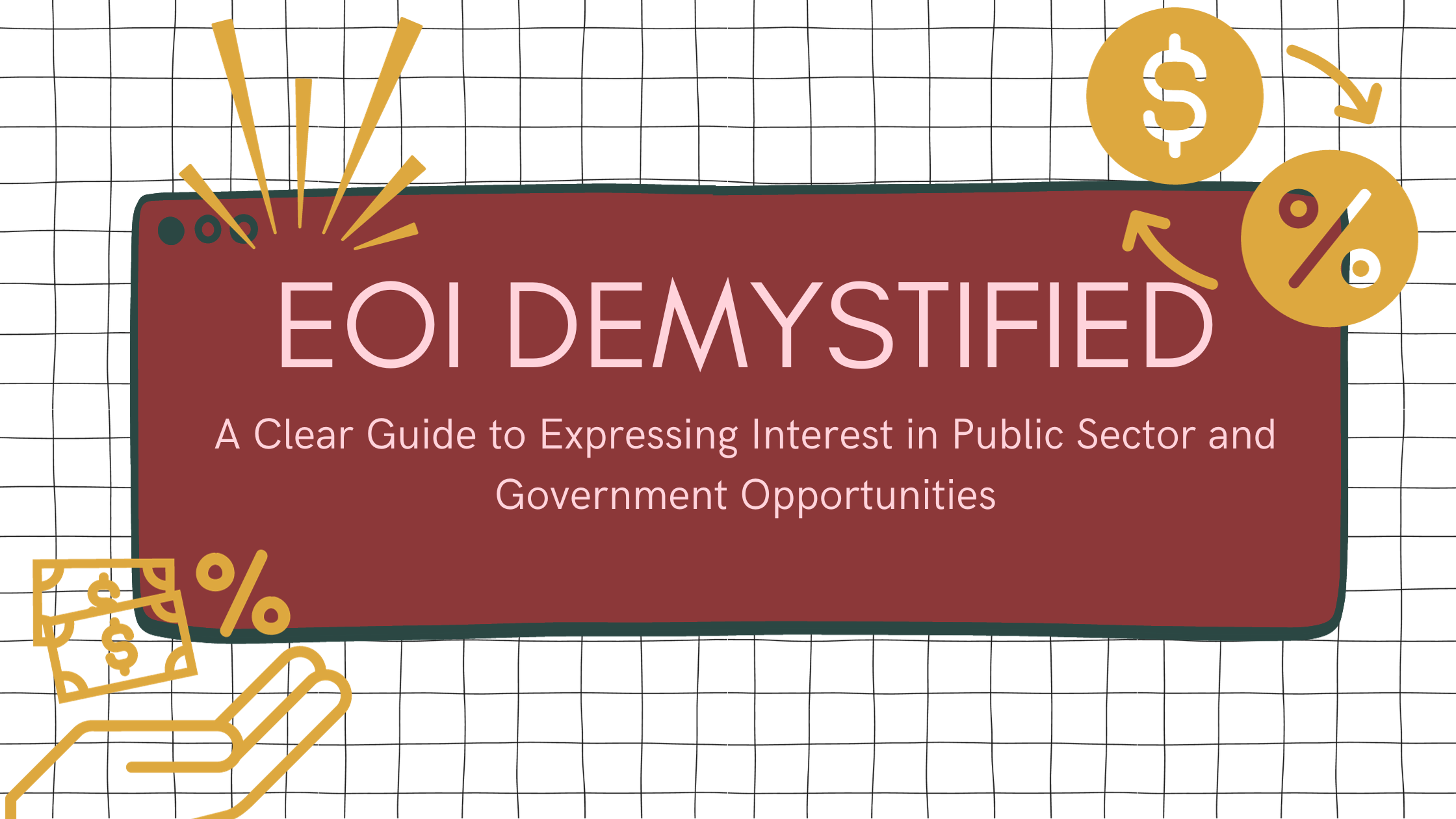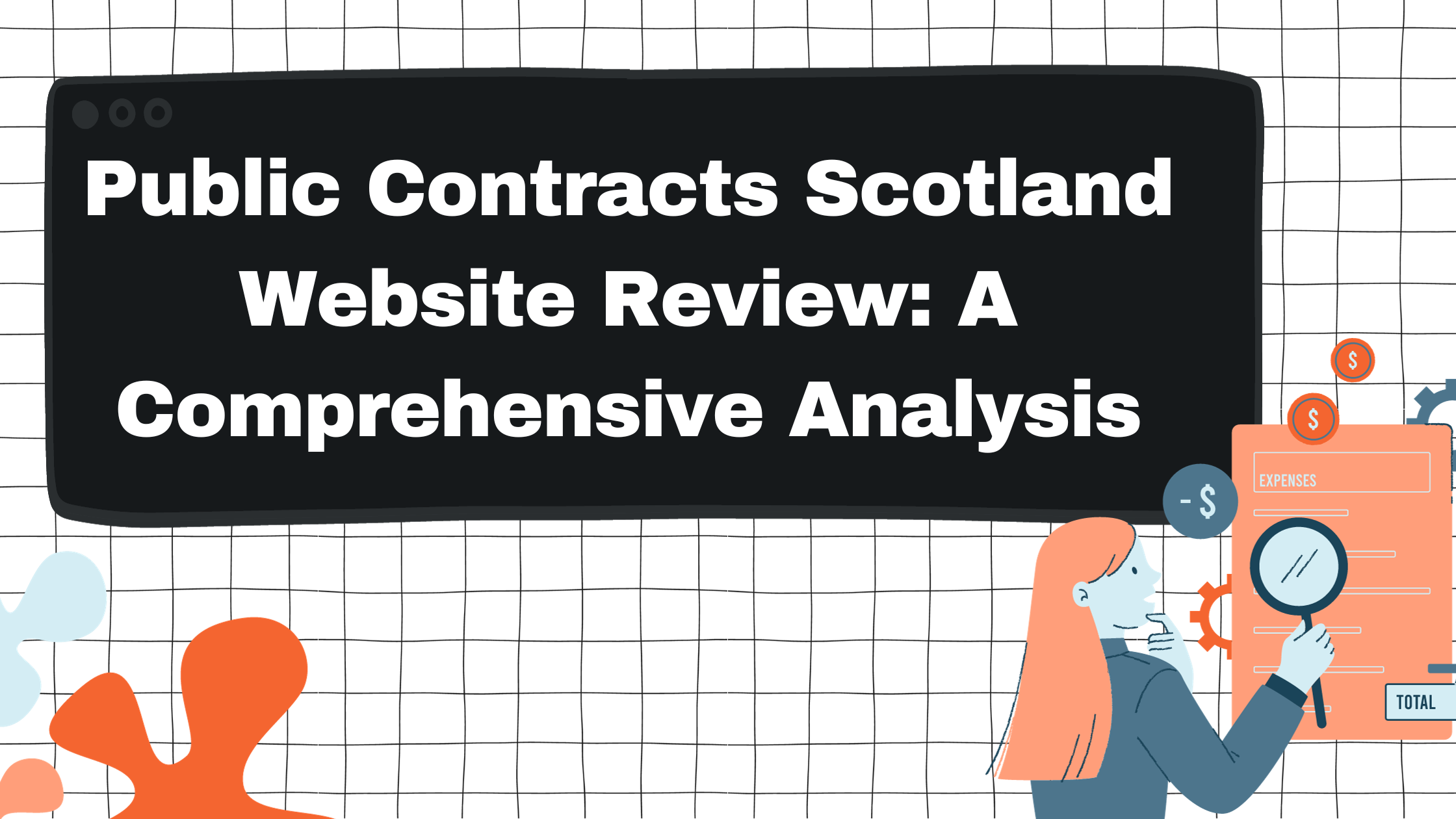RFP and Proposal Writing Services: Essential Steps for a Winning Submission

Need Help with Your Bid?
Get in touch by filling out the form and one of our advisors will be in contact.
Contact UsEvery successful proposal includes a critical step: the proposal review process. This step ensures that every document is accurate, compliant, and compelling. By focusing on the review process, we can avoid costly errors and significantly increase our chances of winning the bid.

We all know that creating a proposal involves various stages, and a meticulous review can make all the difference between success and failure. Using best practices and possibly integrating AI tools, we enhance the quality and consistency of our proposals, making them stand out to evaluators.
How can we prepare and execute an effective review? Understanding what to look for and how to structure the review can streamline the process. A well-executed review not only polishes our proposals but also aligns them with our clients' expectations and requirements.
Key Takeaways
- The proposal review process avoids errors and improves chances of success.
- Best practices and AI tools enhance proposal quality.
- Effective reviews align proposals with client expectations.
Understanding the Proposal Review Process
Examining the proposal review process shows us how proposals are checked for quality, compliance, and effectiveness. Teams with technical expertise work together to ensure everything is in place.
Stages of Proposal Review
The process often starts with an initial assessment, where we check if proposals meet basic requirements. Next, a detailed review evaluates the content, including the technical and financial aspects. A compliance check makes sure everything adheres to the rules set by the funding body.
Finally, proposals are ranked using a scoring rubric. This helps us decide which proposals are most promising. Each stage is crucial for ensuring the best concepts get the attention they deserve.
Types of Review Teams
Review teams can be different depending on the task. We often use Red Teams, which focus on finding flaws and risks. Blue Teams work to improve the proposal content and strategy. Pink Teams review for compliance and presentation quality, making sure proposals are easy to read and understand.
Green Teams are sometimes used to ensure sustainability or environmental aspects are in line. Each type of team plays a crucial role in making sure every angle is covered in the review process.
Role of Technical Expertise
Technical expertise is vital for a thorough review. Our team members often have deep knowledge in specific areas relevant to the proposal. This helps in understanding complex details and ensuring they are accurate and feasible.
For example, if a proposal involves advanced technologies, having experts who understand these technologies helps us evaluate the technical sections effectively. This expertise allows us to make informed decisions and give valuable feedback to improve the proposals.
Having the right mix of technical skills on our team ensures we can handle a wide variety of proposals with confidence.
Preparing for a Successful Review

To ensure our proposal review process is effective, we need to meticulously meet RFP requirements, establish clear evaluation criteria, and organize our work efficiently.
Compliance with RFP Requirements
Meeting all RFP requirements is crucial. Each proposal must strictly follow the stated guidelines without any deviation. This involves:
- Adhering to page limits: Exceeding page limits can lead to disqualification.
- Including required sections: Missing a mandatory section can diminish the proposal's chances.
- Formatting correctly: Fonts, margins, and other formatting rules must be followed.
We should also cross-check all elements against the RFP checklist. Ensuring every criterion is met demonstrates our commitment to detail and respect for the process.
Developing Evaluation Criteria
Developing fair and measurable evaluation criteria is essential to minimize subjectivity. Our criteria should focus on:
- Relevance to the RFP: The proposal must align with the goals and objectives of the RFP.
- Innovation and feasibility: Assess the uniqueness and practicality of the project.
- Budget and timeline: Ensure realistic and detailed budget plans and timelines.
Using a scoring matrix can standardize evaluations. It allows for consistent scoring across different reviewers, ensuring fairness and objectivity in the review process.
Effective Organizing Strategies
Effective organizing strategies help manage our workflow efficiently. This involves:
- Creating a timeline: Set milestones for different phases of the review.
- Assigning roles: Clearly define who will handle various sections of the proposal.
- Centralizing documents: Use a shared platform for all proposal-related documents.
Maintaining a clear structure prevents confusion and ensures everyone is on the same page. We should regularly update and communicate with the team to address any issues promptly.
Executing the Review

In this section, we discuss how to effectively manage team collaboration, apply feedback and quality control, and ensure transparency while reducing bias during the proposal review process.
Managing Team Collaboration
Effective collaboration is key to conducting a successful proposal review. We start by assembling a diverse review team with varied expertise to cover different aspects of the proposal. Regular meetings are scheduled to align on review goals, critical points of focus, and deadlines. We utilize collaborative tools like Google Docs or project management software to streamline sharing and communication.
Creating a detailed review schedule helps each team member know what is expected of them and when. Clear roles and responsibilities ensure that every part of the proposal gets the attention it needs. By breaking down the proposal into manageable sections, team members can focus on specific areas of expertise, which makes the review process more efficient.
Applying Feedback and Quality Control
Incorporating feedback efficiently is crucial to improving the proposal. We gather input from reviewers on specific strengths and weaknesses in the document. It's important to collate feedback methodically, typically in a central document, for easy reference.
We focus on actionable feedback that addresses specific issues rather than vague suggestions. Each piece of feedback is reviewed for feasibility and relevance before making changes. Quality control measures include multiple review passes to ensure issues are addressed and improvements are verified. Automated tools for grammar and consistency checks help maintain high standards.
Holding a final review ensures all feedback has been applied correctly. This step verifies that the proposal meets all requirements and is free from errors, ensuring a polished and professional document.
Ensuring Transparency and Reducing Bias
Maintaining transparency is essential for a fair and unbiased review. We document all stages of the review process, including who is responsible for each section and the criteria used for evaluation. This documentation provides a clear trail that can be audited if necessary.
Bias can be reduced by employing a diverse review team and using standardized evaluation criteria. Each reviewer should be aware of potential biases and actively work to mitigate them by focusing on the objective quality of the content. Regular training on recognizing and addressing bias helps maintain an objective, fair review process.
Using a combination of anonymous peer reviews and clear, written guidelines ensures that every proposal gets a fair assessment based on its merits. Transparency in decision-making fosters trust and accuracy in the proposal review process.
Post-Review Activities
After completing a proposal review, we should ensure that the feedback is well-communicated and used effectively to improve future proposals. Clear communication and leveraging criticism are key steps in enhancing proposal quality and competitiveness.
Communicating Review Outcomes
It is important to share the review outcomes with all relevant stakeholders promptly. We can use emails for quick updates or schedule a meeting for more detailed discussions. In these communications, we should clearly outline the major strengths and weaknesses identified during the review.
Creating a table can help summarize feedback for easy reference. This makes it easier for everyone involved to understand the key points without sifting through lengthy documents.
Example Table:
StrengthsWeaknessesRecommendationsStrong executive summaryUnclear budget detailsBreak down budget by phasesClear value propositionInconsistent formattingStandardize document templates
Being transparent about the feedback process encourages a collaborative atmosphere and ensures that everyone is on the same page.
Leveraging Criticism for Improvement
When we receive criticism during the proposal review, it's critical to use it as a tool for improvement. Addressing identified weaknesses can significantly enhance our proposals. First, we must prioritize the areas that need the most attention.
We should implement best practices to convert feedback into actionable steps. For instance, if a proposal lacks detailed project timelines, we should add Gantt charts to show stages clearly.
Engaging the entire team in these improvements fosters a more collaborative environment, enhancing our overall competitiveness. Regularly updating our proposal templates and practices based on review inputs ensures continuous improvement and keeps us aligned with customer expectations and market standards.
By focusing on leveraging both positive and negative feedback, we make our proposals more robust and better suited to meet future challenges.
Frequently Asked Questions
In this section, we address common questions about proposal review processes, focusing on key components, criteria, phases, and team reviews.
What are the key components of a proposal review template?
A proposal review template should include sections for compliance, quality, and consistency checks. Reviewers assess each part of the proposal against set criteria. This ensures all requirements are met.
Which criteria are crucial when conducting a proposal review?
Crucial criteria include adherence to guidelines, accuracy, clarity, and the competitiveness of the proposal. We also ensure that the proposal fulfills technical and financial requirements.
What are the distinct phases in the proposal review process?
The proposal review process usually has several phases. These include initial assessment, compliance check, technical review, and final proofing. Each phase has specific tasks and goals.
How do proposal color team reviews differ from each other?
Color team reviews are named for different stages, such as Blue, Pink, Red, and Gold Team reviews. Each team focuses on specific elements, like compliance or strategic alignment.
What should be included in a Gold Team review checklist?
A Gold Team review checklist should cover final compliance, budget accuracy, and overall presentation. The goal is to ensure that the proposal is polished and ready for submission.
What best practices should be followed for an effective White Glove review?
Best practices for a White Glove review include a meticulous review of all details, including formatting and presentation. It’s the last step to catch any errors and ensure the proposal looks professional.
Ready to start your search?
Get in touch by filling out the form to the right and one of our advisors will curate a personalised selection for you.
Get in touchBlogs. Guides. Helpful advice.

Mastering Proposal and RFP Writing for Government and Public Sector Opportunities

Proposal and RFP Writing Services: Enhancing Public Sector Tender Outcomes

.svg)